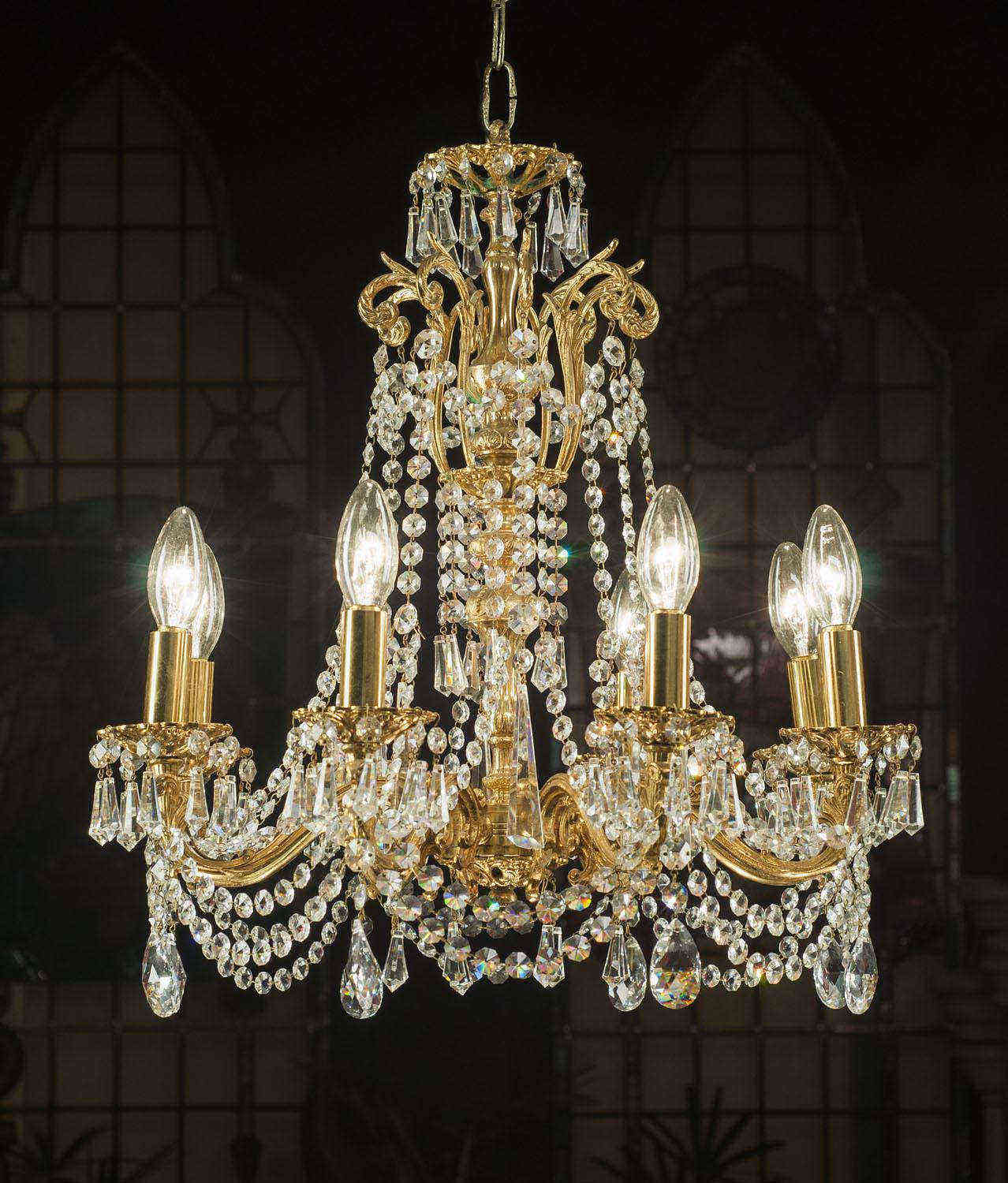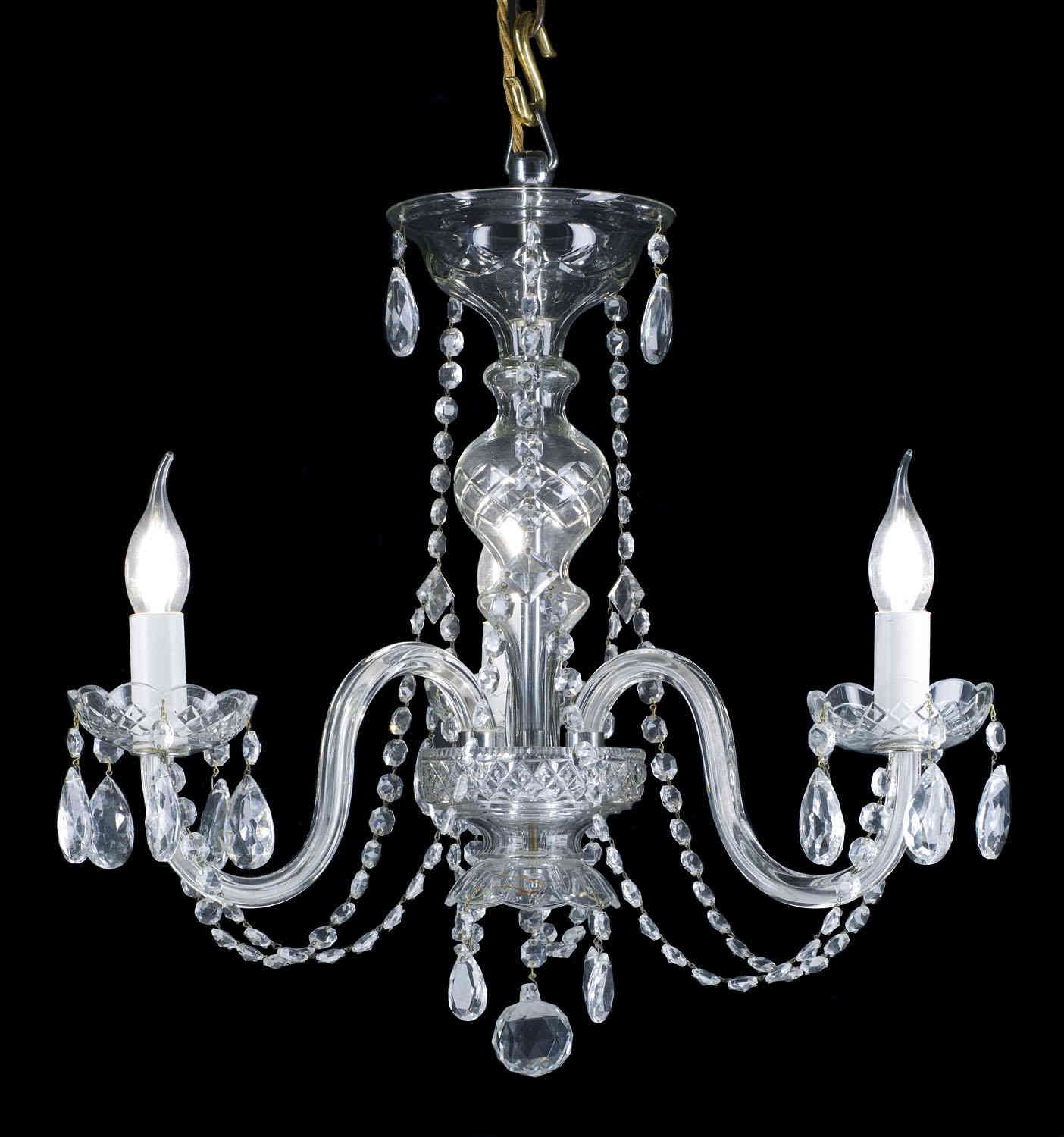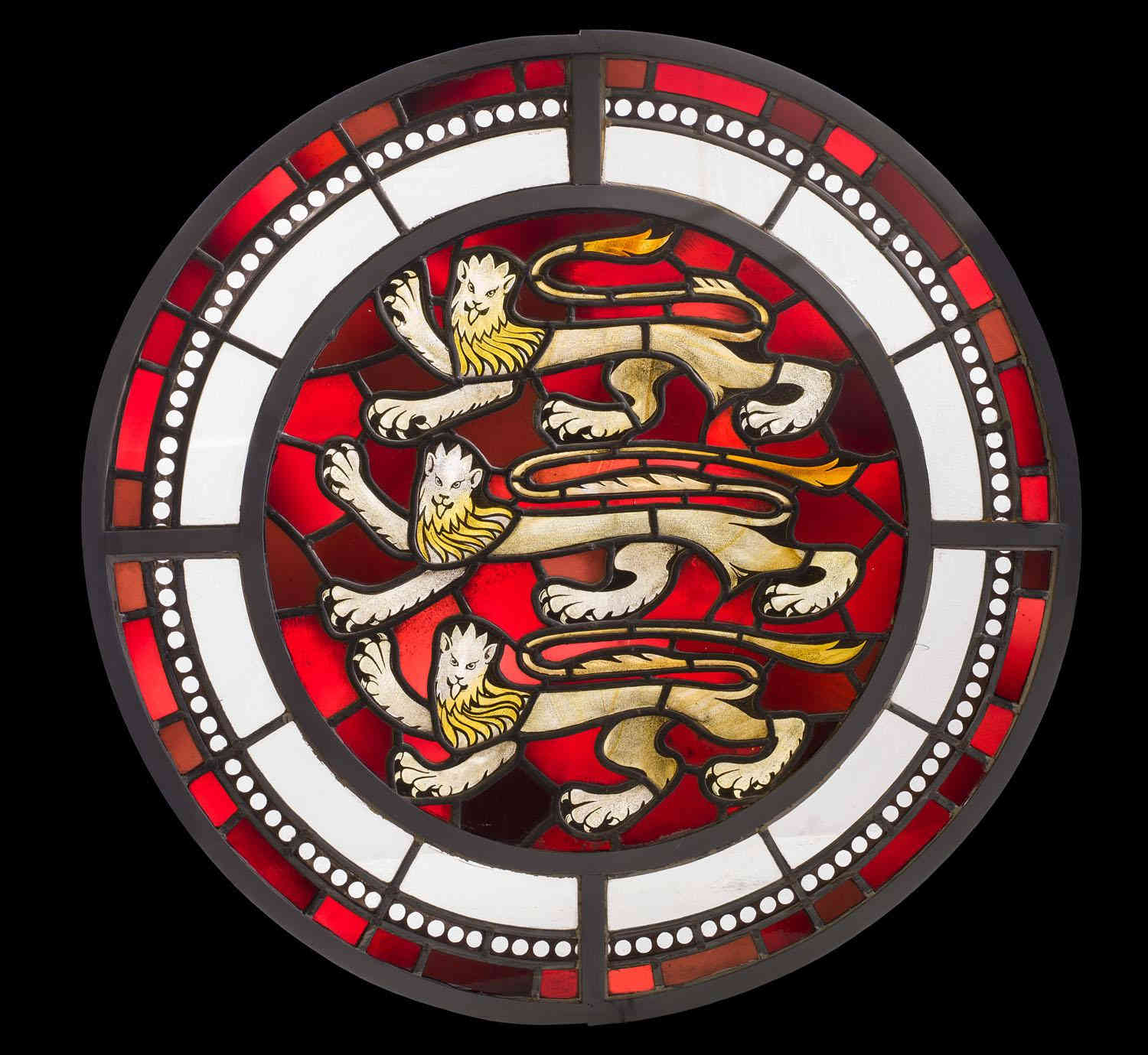If you’d like to know how to tell if glass is antique or not, we’ve put together a short guide to help you out.
We recently wrote about the difference between ‘antique’ and ‘vintage’, but in this article, we’ll focus exclusively on how to tell if glass is antique.
Beautiful glass antiques add elegance wherever you place them in your home - whether it’s in a cabinet, on a side table, or resting on the mantelpiece above your antique fireplace.
It’s always good to know if your prized possessions are authentic antiques, so here’s how to tell if glass is antique or not.
Is it glass or crystal?
Glass and crystal do look similar but the latter tends to have more sparkle, shine and weight to it
Crystal is a type of glass, but it’s formed using lead oxide rather than calcium. It doesn’t take long to determine whether an item is glass or crystal though - here’s how to do it, in three simple steps:
- Gently tap it: it’s likely crystal if you hear a chime sound, a little like a bell
- Hold it up: if it starts creating a prism effect in the light, it’s probably crystal
- Study its pattern: crystal tends to have very fine or sharp patterns and cuts
Glass and crystal do look similar but the latter tends to have more sparkle, shine and weight to it.

× 
How to tell if glass is antique
Antique glass is usually heavier
A simple way is to compare any glass you think is antique with a more modern glass item. Antique glass is usually heavier.
Other indicators to look out for are:
- The patina: older glass tends to show signs of use and passing time - so see if there are any small flakes, scratches and chips, or missing gilt
- Bubbles: tiny bubbles, or other imperfections and irregularities, are more common in antique glass - you may need a magnifying glass to see some of these
- Pontil mark: also known as a punt mark, this is a circular shape on the bottom or the base of the glass
Pontil marks are from where the rod would have broken off during glassblowing.

× 
How to tell if glass is antique by its colour
If you think your antique glass has an unusual colour, it could be rare and very valuable
Antique glass has some common colours and while it also depends on many other factors, the value can increase or decrease depending on how the glass has been coloured.
The following antique glass colours are in order of typical value, with the highest first:
- Pink / cranberry / red: made using gold oxide
- Blue / cobalt: made using cobalt salts
- Green / jadeite: made using uranium
- Yellow / amber: made using sulphur

× 
If you think your antique glass has an unusual colour, it could be rare and very valuable. Sometimes, bi-coloured glass (with two colours) is also more valuable.
However, the most expensive glass antique ever sold was cast in colourless glass - the Constable-Maxwell Cage Cup, which went for over £2.6m in 2004 at Bonhams.
How to tell if glass is antique by its markings or patterns
Antique glass signed by the artist could mean that it’s a rare or even unique piece
Some items of antique glass have engraved marks which allow you to verify the maker and when it was made - these are usually found on the base.
Once you’ve found one, you can use an online reference guide to find out more about it - for example, go to the Glass Encyclopedia website.
You can sometimes identify antique glass by its pattern using this method too. Many glass manufacturers tended to only use a certain pattern for a set number of years.
Antique glass signed by the artist could mean that it’s a rare or even unique piece.
Summary: how to tell if glass is antique
Different ways to determine whether glass is antique are to study the patina, the colour, its markings and its patterns, while also looking for bubbles and a pontil mark.
Also check to see if the item is definitely glass, not crystal.
We’ve written articles about the history of marble and how to spot the differences between bronze or spelter, which you may also find helpful.
To find out more about how to tell if glass is antique, or for any further queries, please don’t hesitate to get in touch with us.